The U.S. and Canadian Coast Guard are racing against time to locate a missing tourist submarine that disappeared on June 19 during a tour of the Titanic wreck.
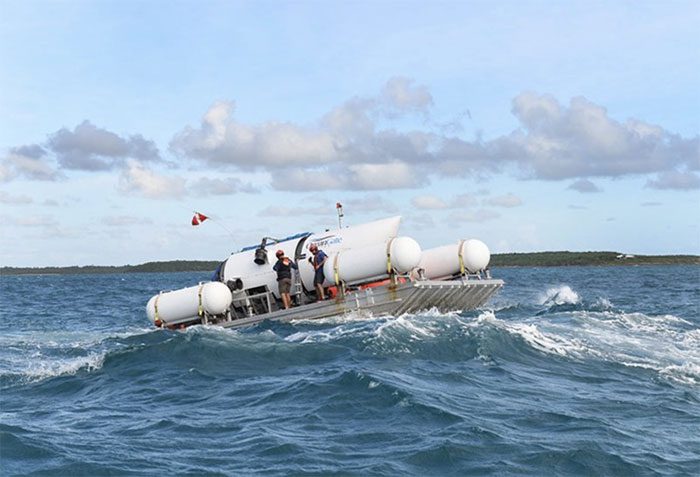
The submarine being brought to the designated drop-off location.
The New York Post referred to the missing vessel as a tourist submarine, while other outlets labeled it a submersible.
The vessel is designed to carry 5 people and can dive to a maximum depth of 4,000 meters. It is owned and operated by the company OceanGate Expeditions.
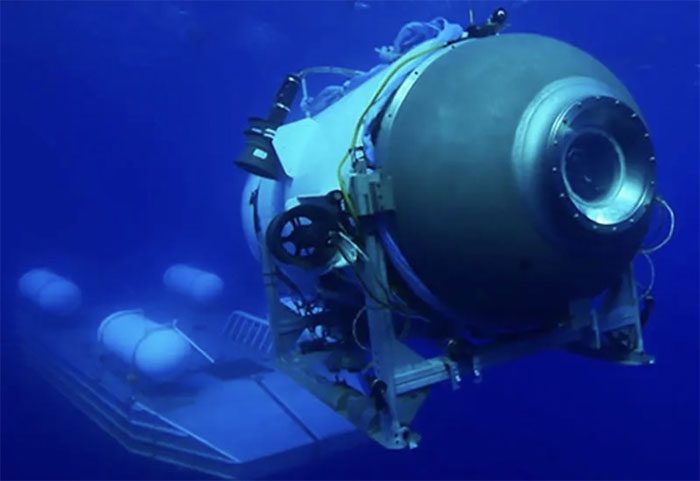
The submersible operating after submerging.
“This is very concerning. It may have become entangled in the Titanic wreck. We can’t be sure yet. The Titanic debris is scattered all over down there,” said former British naval officer Chris Parry on Sky News.
In an official statement, OceanGate Expeditions announced that it “is focused on the search mission.” The company also expressed gratitude for the support from U.S. and Canadian authorities, as well as other companies in the same field.

The interior space of the submersible during another expedition.
Since 2019, OceanGate Expeditions has been providing exploration services for the Titanic wreck at a price of $250,000 per person. Typically, the company’s submersible can carry only one passenger per expedition, with the other four being the pilot and crew members.
The significant spender on this expedition was Hamish Harding, a British billionaire and CEO of an aviation company based in Dubai.
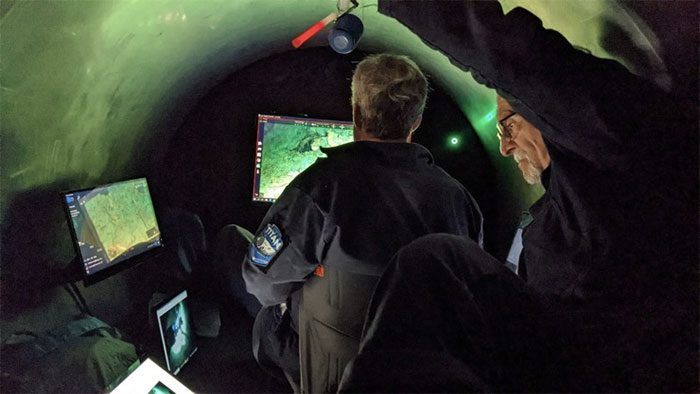
The submarine is constructed from carbon fiber, significantly reducing weight.
“I am very excited to finally participate in this expedition. This could be the only opportunity this year due to weather conditions. We will dive tomorrow,” Mr. Harding said one day before the vessel went missing.
In 2019, the submersible named Titan from OceanGate Expeditions set a record as the first civilian vessel to successfully carry people to a depth of 3,760 meters below the ocean floor.
The dive usually takes about 2 hours to reach the 3,800-meter depth, where the Titanic wreck is located, and tourists have 1 hour to explore before the vessel surfaces.
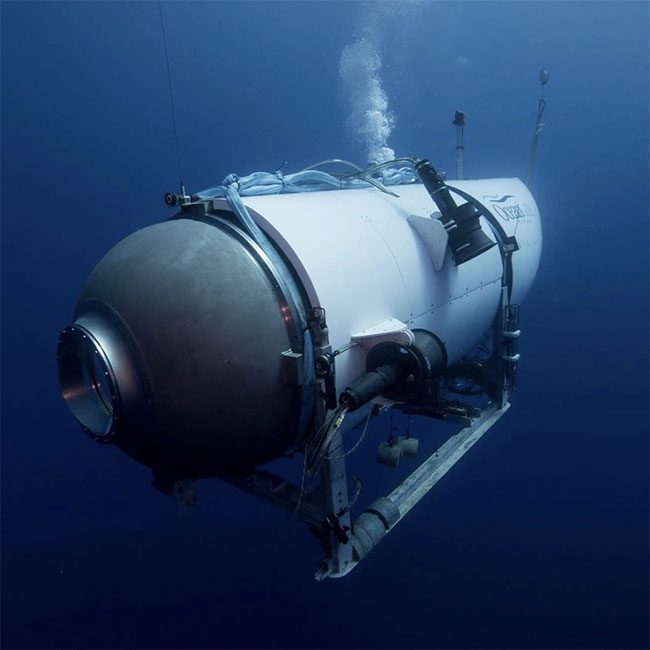
The submarine is designed to dive to a maximum depth of 4,000 meters.
Photos published by U.S. media from a previous expedition reveal the interior space of the Titan. “The interior space of the Titan is not large, but it is still more spacious than traditional submersibles,” a company representative stated. “Crew members have ample space to work together at the ocean floor.”
Images show the submersible equipped with multiple screens providing real-time visuals and status updates for the pilot.
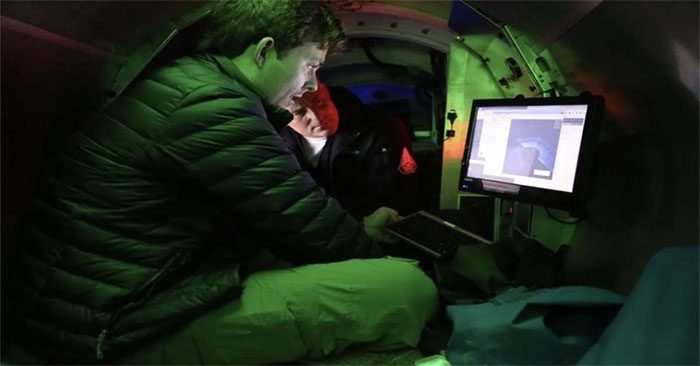
An image capturing the interior of the submersible during the 2021 expedition.
Others can stretch their legs inside the submersible and observe the scenery outside through specialized glass capable of withstanding significant depths.
Earlier this month, OceanGate Expeditions announced the use of Elon Musk’s Starlink service to provide internet and communication for the submersible.
According to a company representative, the most critical improvement in the construction of the submersible is the real-time hull monitoring system.
“This system will soon issue alerts for the pilot to bring the vessel to the surface in case of an incident,” the company stated.
Stockton Rush, the founder of OceanGate Expeditions, mentioned that the submersible is built in a uniquely unprecedented way. “The biggest difference is the combination of titanium and carbon fiber,” Rush stated. “Carbon fiber is used in the production of cars, airplanes, and yachts, but it has never been used in submersibles. This significantly reduces weight, helping to save costs.”
On April 15, 1912, the Titanic sank after hitting an iceberg. At that time, the Titanic was the largest steam-powered ship in the world, carrying more than 1,400 passengers. The ship met its fate during its journey from England to New York, USA.


















































